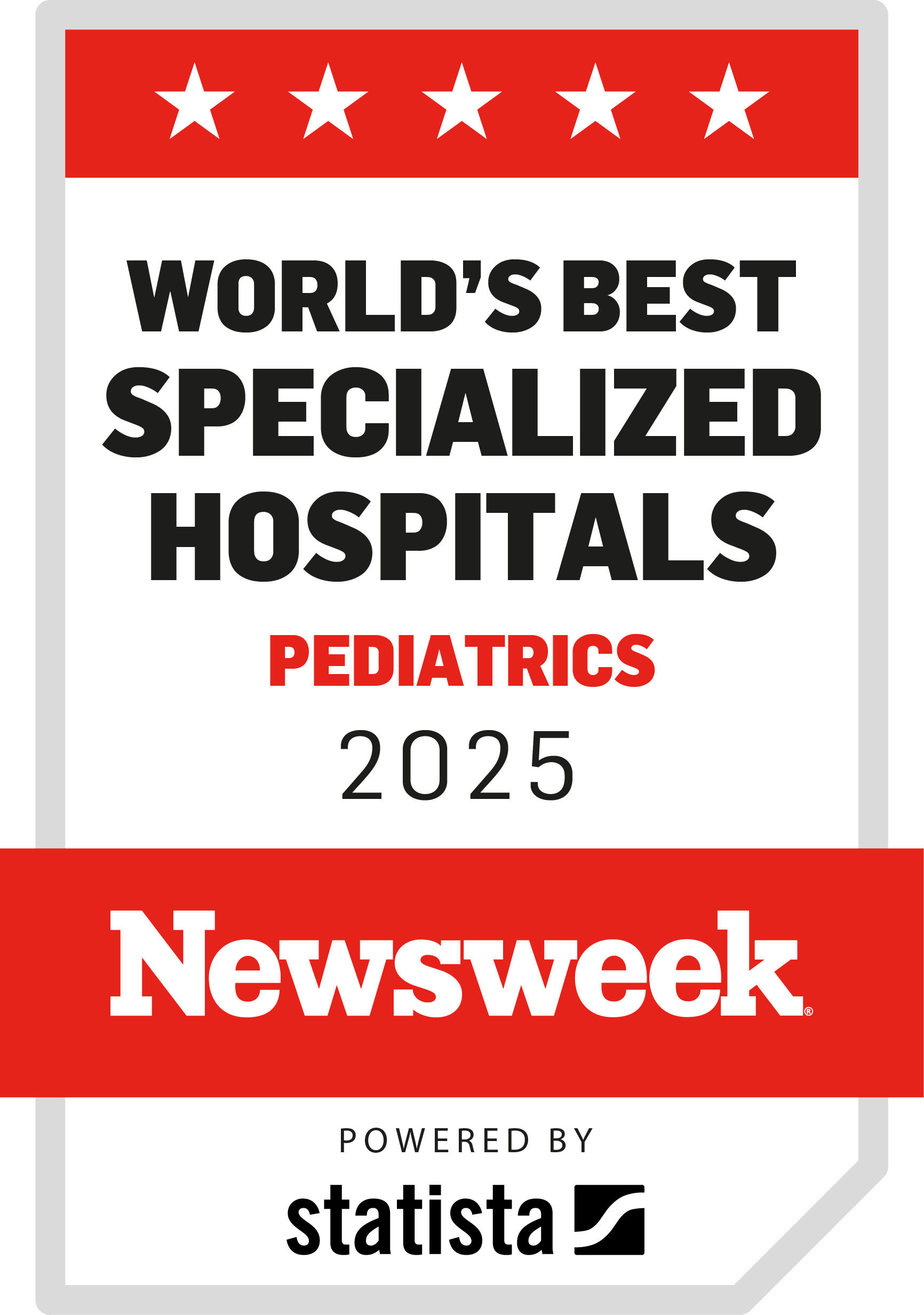Fibrous Dysplasia | Symptoms & Causes
What causes fibrous dysplasia?
We don't really know. No consistent familial or hereditary factors have been identified. However, a genetic mutation has been identified in patients with McCune-Albright syndrome. The polyostotic and McCune-Albright forms affect more girls than boys.
What are the symptoms of fibrous dysplasia?
Children experience fibrous dysplasia in a wide range of severity. Some experience many symptoms associated with endocrine abnormalities, while others appear entirely healthy, with little or no evidence of bone or endocrine involvement.
Here are some symptoms your child may be experiencing:
- Bone pain
- Difficulty walking
- Deformities of the leg or arm
- Limb length discrepancy
- Light to dark brown skin lesions or pigmentation
The symptoms of fibrous dysplasia may resemble other medical conditions or problems. Always talk to your doctor for a diagnosis.
Fibrous Dysplasia | Diagnosis & Treatments
How is fibrous dysplasia diagnosed?
In addition to a taking a complete medical history and performing a full physical examination, your child's doctor may use one or more of the following tests to diagnose fibrous dysplasia:
- X-ray: X-rays are very useful in the diagnosis of bone tumors. They are the first diagnostic study, and they often give your doctor information regarding the need for further testing.
- Magnetic resonance imaging (MRI): This test outlines the extent of the tumor within the bone and joint, and the relationship of the tumor to the muscles, nerves, and blood vessels.
- Computerized tomography scan (also called a CT or CAT scan): A CT scan shows detailed images of any part of the body, including the bones, muscles, fat, and organs. CT scans are more detailed than general X-rays. It is used primarily to assess the chest and lung for metastatic tumors.
- Bone scans: A nuclear imaging method used to detect bone and metastatic (spreading) tumors. Bone scans can determine if there are abnormalities in other bones. This test does not distinguish between tumor, infection, or fractures.
- Complete blood count (CBC): A measurement of size, number, and maturity of different blood cells in a specific volume of blood.
How is fibrous dysplasia treated?
It is difficult to totally eradicate the disease. The goal of intervention is usually to maintain bone strength and integrity, not to cure the bony lesions. Therefore, treatment is aimed at correcting the associated deformities.
Those lesions that are causing symptoms may be treated in any of the following ways:
- Splint/cast: This immobilizes the affected area to promote bone alignment and healing, and to protect any injured area from motion or use.
- Curettage/bone grafting: This is an operation that involves a surgical removal of the bony lesion by surgically scraping it out. The remaining cavity is then packed with donor bone tissue (allograft), bone chips taken from another bone (autograft), or other materials depending on the preference of the surgeon.
- Wide excision: The surgical removal of the bony lesion along with wide margins of surrounding healthy bone.
- Internal fixation: A surgical procedure in which the bone is reconstructed with the use of metal plates and screws or rods. Often bone grafts are combined with internal fixation to strengthen the bone in the lower extremities.
- Osteotomy: At times, especially around the hip, your child's bone is bent and deformed by fibrous dysplasia. If the deformity is severe, the bone may have to be surgically cut and redirected to restore its proper shape.
- Medical treatment: There are early studies that suggest that drugs that alter bone resorption may help the pain of fibrous dysplasia and may strengthen the bone. At this time, this therapy is not of proven value, but it does hold promise for the future.
Medication
There are early studies that suggest that drugs that alter bone resorption may help the pain of fibrous dysplasia and may strengthen the bone. At this time, this therapy is not of proven value, but it does hold promise for the future. Researchers at Boston Children's Hospital are continuously investigating new forms of treatment.
What is the long-term outlook for a patient with fibrous dysplasia?
Since this is not a malignant disease, the prognosis is good. The severity of the symptoms is dependent on the extent and number of sites involved.
- In monostotic fibrous dysplasia, the prognosis is excellent if the bone can be strengthened.
- In polyostotic fibrous dysplasia, several operative procedures may be necessary to achieve bone strength and to correct the deformity.
The chance of any of the tumors becoming cancerous is extremely rare, and is usually the result of radiation therapy.


